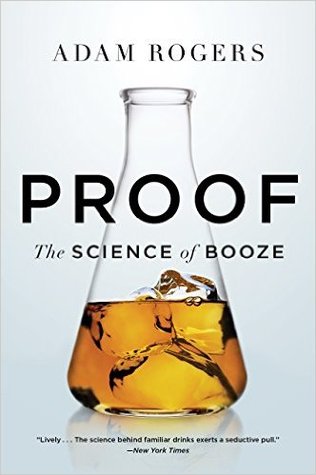Sauvignon Blanc grapes. They’re full of chemicals called thiols. (Their distinguishing trait, chemically, is that they contain sulfur.) In grape juice, those thiols are connected to an amino acid called cysteine, which makes them nonvolatile, and as a consequence we can’t smell them. “But yeast has a limited capacity to decouple thiols from cysteine,” says Pretorius. “That gives you that typical Sauvignon Blanc ‘passion fruit’ or ‘tropical fruit’ flavor.” The compound comes from the grape, but the yeast—as part of its metabolism of the juice—makes it volatile. The same goes for the rosy- or
...more
Welcome back. Just a moment while we sign you in to your Goodreads account.


